Greetings! I am Aaron Redda a doctoral student in the College of Communication and Information Sciences at The University of Alabama. I have created this Diversity & Inclusion ePortfolio (D&I-eP) as part of my work for the CIS 650 (Applying Diversity Leadership Theories & Praxis) course during Spring 2025.In my D&I-eP, I analyze existing diversity and inclusion responses focused on cancer prevention among underserved populations through early screening and lifestyle interventions such as smoking cessation and alcohol reduction. This project was conducted in collaboration with Emlane Social, a health and wellness digital media company based in Tallahassee, Florida, committed to addressing health disparities impacting African American communities.
On this page, I examine the cultural and geographic environment of Tallahassee, Florida a city with strong educational institutions but persistent socioeconomic and health disparities that particularly affect its Black communities. I analyze local demographic trends, barriers such as poverty, food insecurity, and access to care, and the importance of culturally relevant communication strategies to address cancer disparities. The project also profiles Emlane Social's system- and user-centered approaches to health outreach, emphasizing its mission to advance health equity through digital engagement. By grounding this work in an understanding of the community's strengths, weaknesses, opportunities, and threats (SWOT), I aim to develop diversity-focused strategies that align with Emlane Social's objectives and foster inclusive leadership in health information dissemination.
Environment and Setting: SWOT Analysis of Tallahassee, Florida
Strengths: Tallahassee, Florida benefits from a strong educational infrastructure, which plays a key role in supporting health literacy and health equity. The city is home to two major universities, including Florida A&M University (FAMU), a Historically Black College and University (HBCU) known for improving educational outcomes for Black students. Approximately 48% of residents aged 25 and older hold a bachelor’s degree or higher surpassing the Florida state average of 33.2% (Federal Reserve Economic Data, 2023; U.S. Census Bureau, 2023). Additionally, the presence of institutions like the Florida Department of Health in Leon County ensures accessible health resources and outreach to diverse communities.
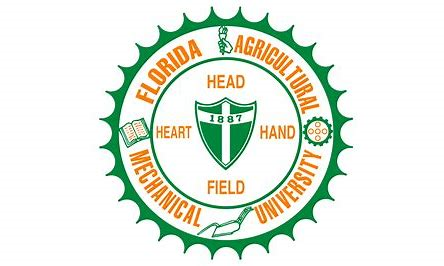
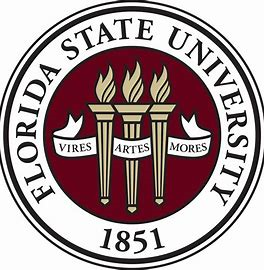
Weaknesses: Despite these strengths, 18% of Tallahassee, Florida residents live in poverty, which is notably higher than the state average of 12.3% (U.S. Census Bureau, 2023). Poverty as a Social Determinant of Health (SDOH) limits access to cancer screenings and early detection. Tallahassee, Florida also experiences some of the highest disparities in cancer mortality in Florida, particularly among its Black/African American population, which comprises 32.1% of the city’s residents nearly double the statewide average (Florida Cancer Control and Research Advisory Council, 2020; U.S. Census Bureau, 2023).

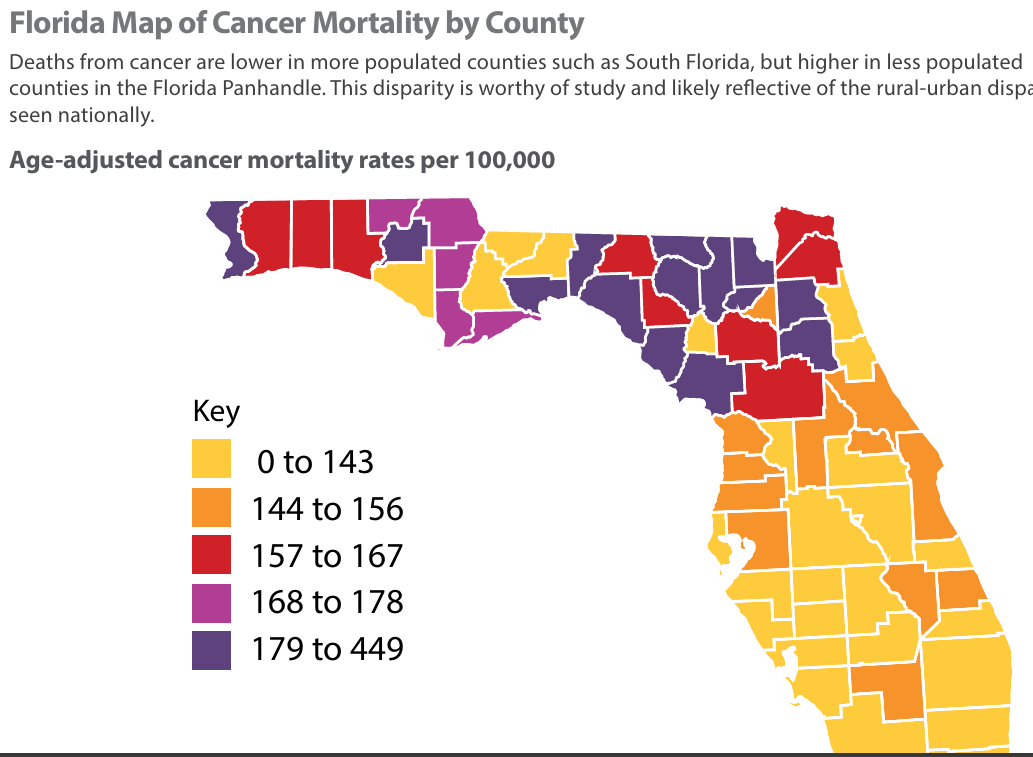
Opportunities: The city’s academic institutions, particularly Florida A&M University (FAMU), present strong opportunities for culturally tailored cancer education and outreach programs targeting Black communities. Health campaigns focused on smoking cessation, alcohol reduction, and early screening can leverage existing university-community partnerships, mobile health units, and grassroots organizations (Spina, Arndt, Landau, & Cameron, 2018). These interventions can help reduce health disparities by addressing economic, cultural, and structural barriers to cancer prevention.
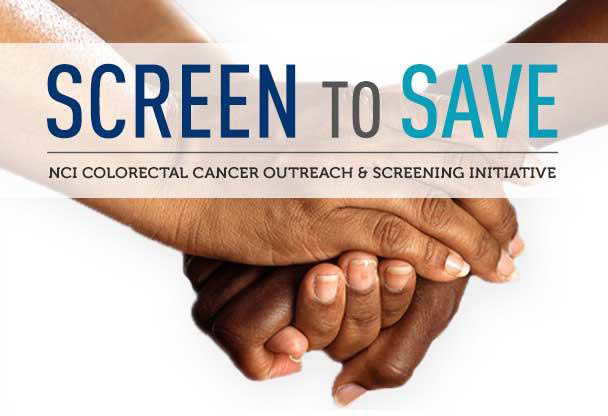
Threats: Persistent threats include food insecurity, limited transportation, digital divides, and a lack of health insurance (National Cancer Institute, 2025).. These barriers reduce the effectiveness of health messaging and outreach campaigns, especially in low-income and rural neighborhoods. Distrust in medical institutions and the spread of misinformation also undermine cancer prevention efforts, particularly among underserved populations (National Cancer Institute, 2025).
Community Profile: Demographics and Trends in Tallahassee
Tallahassee, Florida, is a mid-sized urban city with a population of approximately 296,913 as of 2023 (U.S. Census Bureau, 2023). It serves as the state capital and is heavily influenced by its role as a university town, home to Florida State University (FSU) and FAMU, along with other educational institutions. This contributes to a younger population, with 18.3% under the age of 18 and a large population of college-aged adults.
The city’s racial demographics show 61.0% White residents and a notable 32.1% Black/African American population, compared to 16.9% statewide. Other groups include Hispanic/Latino (8.3%), Asian (3.8%), and multiracial individuals (2.6%) (U.S. Census Bureau, 2023).. Tallahassee also has a significant unhoused population due to rising rent costs and income inequality (U.S. Census Bureau, 2023).. The city’s median household income is $65,074 lower than the state average of $71,711 and 17.6% of residents live below the poverty line (U.S. Census Bureau, 2023).
Tallahassee, Florida is also a leader in LGBTQ+ inclusivity, earning a score of 96 out of 100 on the Human Rights Campaign’s Municipal Equality Index (2024). Although the city has a relatively small immigrant population (7.3% vs. Florida’s 21.4%), it shows strong potential for inclusive public health strategies across age, racial, and socioeconomic lines (U.S. Census Bureau, 2023).

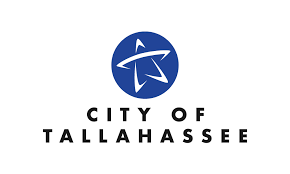
Emlane Social’s System-Centric and User-Centric Focus
System-Centric: Emlane Social is a digital health media and community engagement startup based in Tallahassee, Florida. The agency creates culturally relevant social media campaigns, digital content, and educational materials focused on health promotion and chronic disease prevention especially targeting cancer disparities in underserved Black communities. Though independently operated, Emlane Social collaborates with local health organizations, gyms, and small businesses to expand its reach.
Diversity and inclusion are central to the agency’s mission. Its campaigns focus on health equity through smoking cessation, alcohol reduction, and early cancer screenings. The organization’s workforce is majority-minority, and its messaging aligns with national digital health equity frameworks emphasizing accessibility, trust, and cultural competence (Burton et al, 2023).
User Centric: Emlane Social,’s target audience includes health-conscious individuals, particularly young adults (ages 18–29) who actively engage with digital content. This aligns with Pew Research findings that show younger adults are more likely to use social media as a source of health information (Pew Research Center, 2024). The agency prioritizes outreach to Black communities disproportionately impacted by tobacco-related cancer deaths and structural barriers to care, such as income inequality and lack of access to screening services (Truth Initiative, 2023; National Cancer Institute, 2022).
Emlane Social relies on community feedback, social media engagement data, and participatory research to develop inclusive messaging. The user base is expanding in racial diversity as the agency builds stronger community partnerships. Emlane Social’s strategy includes storytelling, influencer collaborations, and campaigns that address health inequities rooted in systemic racism, economic hardship, and cultural stigmas.


Mission Alignment and Strategic Direction
Emlane Social’s mission is to reduce health disparities and empower underserved communities through digital health education. The agency is committed to promoting preventative health behaviors by making resources more accessible, engaging, and culturally relevant. Its objectives include increasing cancer screening participation, promoting healthy lifestyle changes, and developing long-term partnerships with healthcare providers and community groups.
Diversity and inclusion are embedded in all aspects of the organization’s work. From multilingual outreach to equity-driven campaign planning, Emlane Social prioritizes Black, low-income, and rural populations who are often overlooked in public health programming. As part of its D&I ePortfolio, Emlane Social will assess and refine its strategies to ensure its work remains community-centered, inclusive, and impactful across Tallahassee, Florida and beyond.

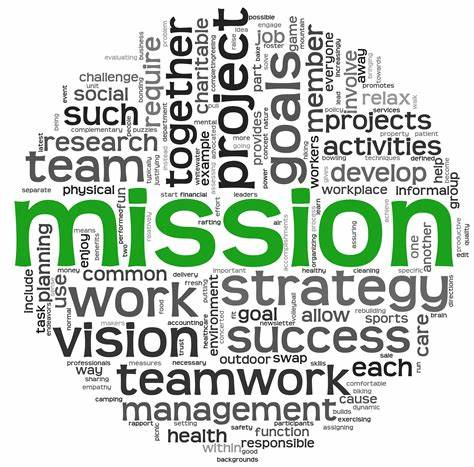
Works Cited
Burton, D. C., Kelly, A., Cardo, D., et al. (2023). Principles of health equity science for public health action. Public Health Reports, 139(3), 277–283. https://doi.org/10.1177/00333549231213162
Federal Reserve Bank of St. Louis. (2024). People 25 years and over who have completed an associate's degree or higher (5-year estimate) in Leon County, FL [Data set]. FRED, Federal Reserve Bank of St. Louis. Retrieved February 4, 2025, from https://fred.stlouisfed.org/series/S1501ACSTOTAL012073
Florida Cancer Control and Research Advisory Council. (2020). Florida cancer plan 2020–2025 [PDF]. Retrieved February 4, 2025, from https://ftp.cdc.gov/pub/publications/cancer/ccc/florida_ccc_plan-508.pdf
Human Rights Campaign. (n.d.). Home. Retrieved February 4, 2025, from https://www.hrc.org/
National Cancer Institute. (2022). Cancer disparities. Retrieved February 4, 2025, from https://www.cancer.gov/about-cancer/understanding/disparities
Pew Research Center. (2024). Social media fact sheet. Retrieved February 4, 2025, from https://www.pewresearch.org/internet/fact-sheet/social-media/
Spina, M., Arndt, J., Landau, M. J., & Cameron, L. D. (2018). Enhancing health message framing with metaphor and cultural values: Impact on Latinas’ cervical cancer screening. Annals of Behavioral Medicine, 52(2), 106–115. https://doi.org/10.1093/abm/kax009
Truth Initiative. (2023). Why tobacco is a racial justice issue. Retrieved February 4, 2025, from https://truthinitiative.org/research-resources/targeted-communities/why-tobacco-racial-justice-issue
U.S. Census Bureau. (2023). QuickFacts: Tallahassee city, Florida. Retrieved February 4, 2025, from https://www.census.gov/quickfacts/tallahasseecityflorida